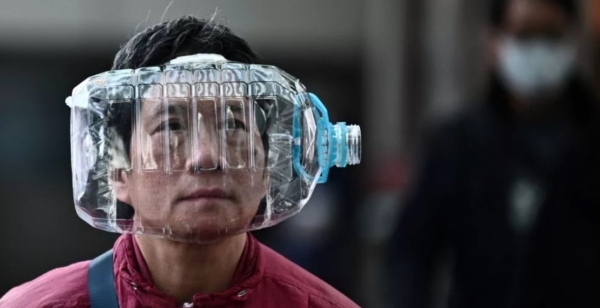
Protective masks are increasingly the subject of debate when discussing how to protect against coronavirus. The who still recommends their use in public space, sick people and caregivers.
But the who is also considering how to encourage all to wear masks in public places, especially indoors. Experts also pay attention to the psychological aspect of such actions: it is possible that the widespread coverage of the person protects against … anxiety.
Coronavirus and protective masks: when the mask is required?
The US centers for control and prevention (CDC) currently recommends that you wear a mask, especially in public places where it is difficult to ensure a sufficient distance from other people (for example, in shops or pharmacies). CDC defines this type of protection as “complementary” way to protect health. At the same time, it is noted that as a professional protective masks and surgical masks should be reserved for medical professionals.

A new wave of discussions about the masks was triggered by an interview with George Gao, who heads the Chinese center for control and prevention of diseases. Interview conducted by journalists of the weekly Science. Gao told them that he thinks Europe and the USA making a big mistake, that “people don’t wear masks”.
You should know that the mask was dedicated to one small paragraph throughout the entire conversation, and Gao at the beginning of the interview emphasized that social distance is the most important strategy for preventing the spread of infectious respiratory diseases. He then told reporters in response to the question, what other countries can learn from China in the fight against COVID-19..: “First of all, we used non-pharmacological strategy because no specific inhibitors or of drugs and no vaccinations. Second, you should make sure that all the infected are isolated. Thirdly, the whole circle of contacts should be in quarantine: it takes a long time to set all contacts and make sure they are quarantined and isolated. Fourth: to suspend all meetings. Fifth, restrict its movement, which is associated with the bans. “
In turn, the Director of emergencies, world health organization (who), Dr Mike Ryan said last week that there may be a situation when the General wearing of masks to slow the epidemic, but at the moment it should be designed primarily for medical personnel.
He did not rule out the possibility that the virus is also airborne and not just drip. However, scientists agree that infection occurs mainly when people who have the symptoms of the disease COVID-19, that is, coughing and sneezing, transmit the virus to others or contaminate the surface.
Find out how many coronavirus lives in the air and on surfaces
These are the types of situations pose greatest risk of infection, as evidenced by recent laboratory studies at the Massachusetts Institute of technology (MIT).
They show that when the infected person sneezes and coughs, the pathogen can spread to a considerable distance: when you cough up to six meters and the result is sneezing up to 8 meters.
“We need to keep surgical masks for people who are at the forefront, but the idea to cover something (…) our mouths and to protect (others) from coughing or sneezing itself is not bad,” says Ryan.
At present, however, who remains moderate with respect to the probability distribution of coronavirus in the air exhaled aerosol. In a review published March 29, you can read that the transmission of the virus in the exhaled aerosol was proved during certain medical acts that required breathing support.
The problem of transmission of the new coronavirus people infected with SARS-CoV-2, but without symptoms of the infection still on the rise in scientific papers.
Coronavirus and protective mask … from fear
It is not excluded that medical authorities change their attitude to common masks not only because they can protect from infection or transmission of mers. Masks can also protect from … anxiety and feelings of helplessness.
In the publication of NEJM from April 1, a group of scientists from Boston which engaged in the widespread wearing of masks in hospitals in the era of pandemic, says: “We know that the wearing of masks outside of health institutions are of little, if any, provides protection from infection. Public health authorities state that a significant impact COVID-19 will be maintained for at least several minutes (and there are opinions that it can be more than 10 or even 30 minutes) interaction at a distance not exceeding 6 feet (about two meters) with a patient with symptoms COVID-19. “
The authors of this work indicate that the risk be “infected” by the coronavirus during the passage of an infected patient in the open space minimal. “In many cases, the desire greatly to wear protective masks is a response to the fear of a pandemic,” they say.
“It is also clear that the masks play a symbolic role. Mask is not just tools, is the mascots can help promote a subjective sense of security (…) Although such reactions should not be strictly logical, we are all subject to fear and anxiety, especially during a crisis. It can be argued that it is better to cope with anxiety and anxiety with the help of reliable data and education than with a protective mask, especially in the face of a global shortage of masks, but this message is difficult to be heard by clinicians in the midst of the current crisis. Widening wearing masks might best contribute to reducing the transmission of alarm, regardless of the actual role that the mask can play in halting the spread of the coronavirus”, the message reads NEJM.
The authors add that the greatest potential value of widespread use of masks may lie in the fact that it will give medical professionals a sense of confidence and trust in the adoption and implementation of methods of defense against infection on a firmer scientific basis.
The doctor, philosopher and psychotherapist Professor Andrzej Leder. In a conversation in the “Large format” shares his thoughts: “There are many rituals emanating only from science-based practices that are easily accepted because they help to control fear. Even if their effectiveness is questionable. A good example is the masks, which disappeared at the beginning of the epidemic, and now very expensive. They, apparently, except the hospital, not a very effective way to protect yourself, and yet their imposition has become such a ritual that should bring us closer to salvation.”
At the same time, there is nothing wrong with sewing a mask for themselves and their families, and there are no restrictions or contraindications to the wearing of masks in public places, if you wear them properly and observe the other rules of protection against infection. These rules:
How to make a mask for protection against coronavirus yourself?
For this you will need a thick woven cotton material in the shape of a square with side 40 cm, the rubber strip length of 50 cm, the material for the filter (for example, a fleece fabric or material of the filters for vacuum cleaner), thick paper and pencil (required for drawing) scissors needle and thread
You have to remember not to wear wet masks (ironically, they also expose us to more infections than if we did not wear them), You can’t wear the mask more than 2 hours.



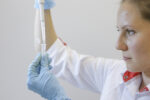


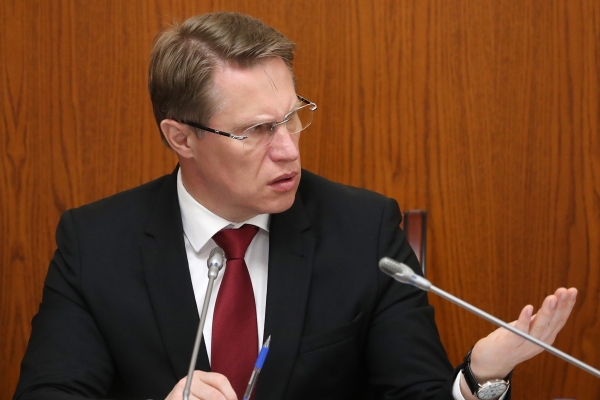
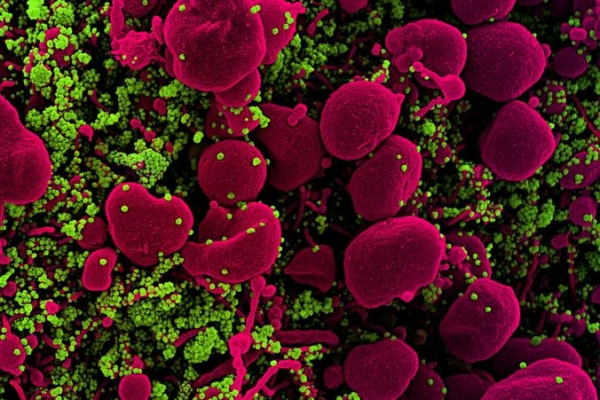
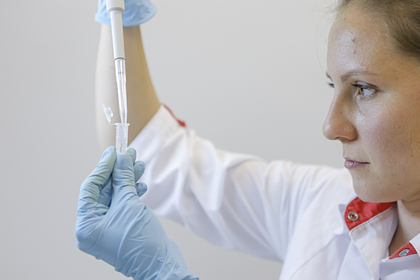
More Stories
Color wheel online
The Ministry of health has promised to disclose information about the vaccine trials from COVID-19
Called “atypical” symptoms of coronavirus